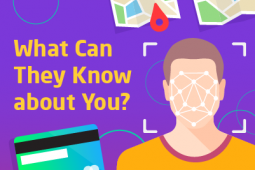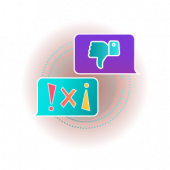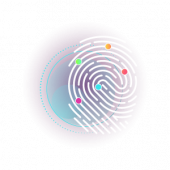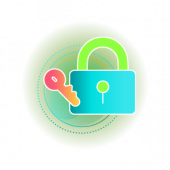I know how I'm supposed to present myself online to avoid any misleading display of my identity.
Introduction to Identity Theft

Identity theft can happen to anyone and at any time. As a youth, you are at risk of becoming an Identity theft (ID theft) victim. This is because you own and carry so much information with you without knowing what risks you may have to face when this information falls into wrong hands.
For a long time, Identity Theft was not given much thought. But in recent years, things have had to change due to the fact that it has become quite evident that Identity Theft has become one of the fastest-growing crimes in the world.
Now every country has set up specific organizations to curb ID theft crimes. If you are unaware of such agencies, and you do not know to who you can go when you are a victim of this crime, first register a police complaint. The police often have specialist units to deal with online crime and they will guide you to the right procedure to follow in resolving your problem.
It’s good that there are agencies and organizations to approach when in trouble, but have you questioned why this has happened to you. As a youth, you have to be aware of what personal information is and how it can be stolen from you.
What is Identity theft?
Identity theft occurs when someone steals your personal information and uses it to pretend to be you without your knowledge.
What is identity fraud?
Identity fraud happens when the person who has stolen your information uses it to commit fraud.
What benefits a thief can gain from Identity theft?
A thief can use our identity details to claim insurance transactions or to access our bank account details, after pretending to be us.
What information of yours is considered as personal information?
Personal information refers to any data about an individual that could potentially identify a person. In your case, personal information may include any of the following:
- Full Name
- Email address
- Date of birth
- Place of birth
- Residential address
- Telephone number
- Qatari ID and passport number
- Bank account number
- Health and education details
Common Types of Identity Theft
- Creating user names using another person’s name.
- Applying for a bank loan in the name of another person.
- Applying for a credit card fraudulently using the name of another person.
- Creating a fake identity on the Internet.
@2x.png)





















